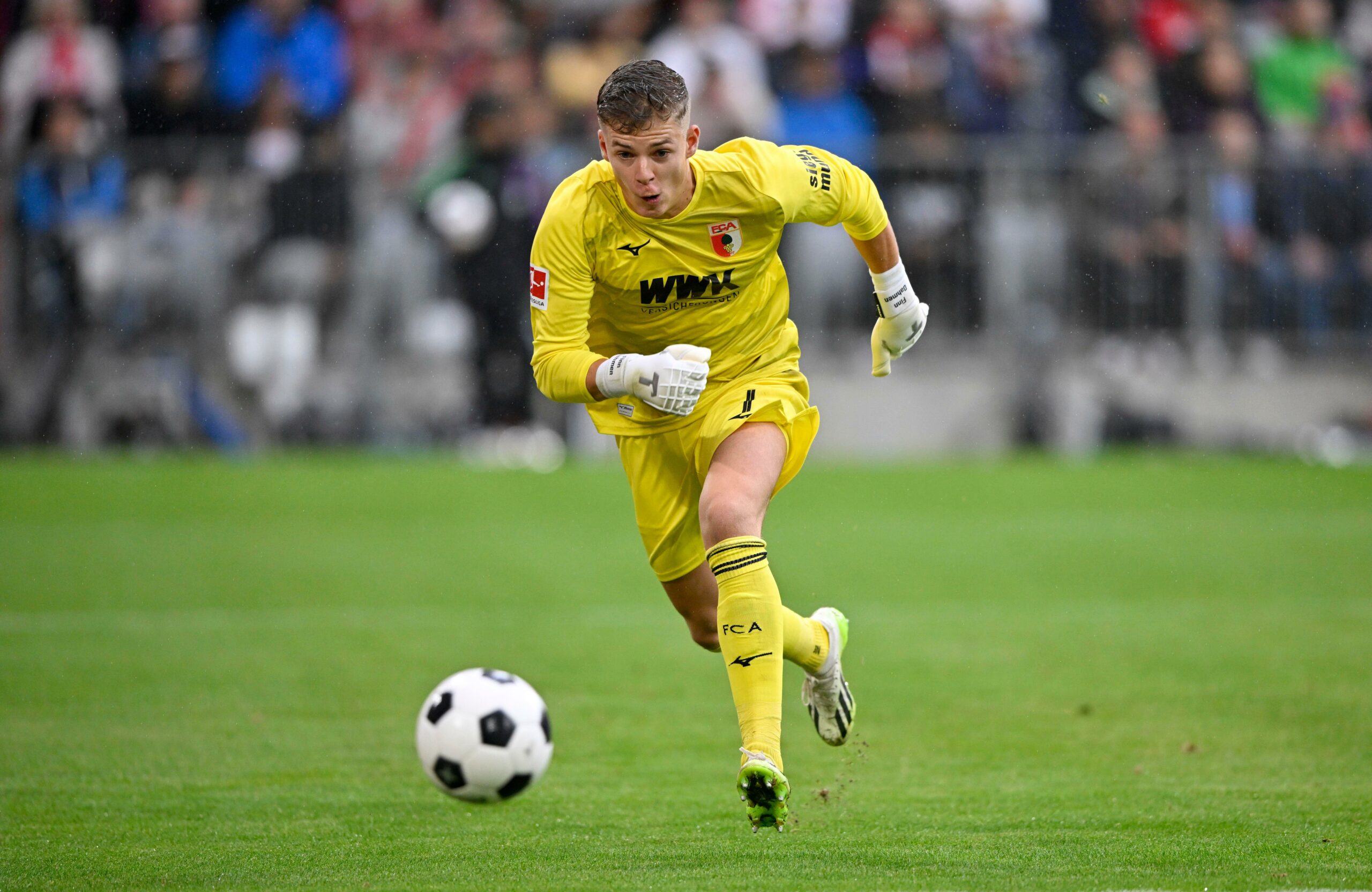
Sprint running mechanics are associated with hamstring strain injury: a 6-month prospective cohortstudy of 126 elite male footballers
Christopher Bramah, Samantha Rhodes, Alexandra Clarke-Cornwell, Thomas Dos’Santos
ABSTRACT
Objective To investigate the association between sprint running biomechanics and sprint-related hamstring strain injury (HSI) in elite male football players. Methods This prospective cohort study recruited 126 professional male football players from eight clubs in the English football league, who were followed across a 6-month period. Maximal velocity sprint running videos (240 fps) were collected from five teams during preseason (June to August) and three teams during the in-season period (October to March) and subsequently assessed using the Sprint Mechanics Assessment Score (S-MAS) by a single, blinded assessor. Sprint-related HSI within the previous 12 months and any new MRIconfirmed sprint-related HSI were reported by club medical staff. Incidence rate ratios were calculated using a Poisson regression model to determine the association between S-MAS and new sprint-related HSIs.
Results There were 23 players with a previous sprintrelated HSI and 17 new HSIs during the follow-up period, with 14 sprint-related injuries. S-MAS values were significantly greater among players with a previous HSI (median difference (MD): 1, p=0.007, 95% CI: 0 to 3) and those sustaining a new sprint-related HSI (MD: 2, p=0.006, 95% CI: 1 to 3) compared with uninjured players. Adjusting for age and previous injury found a significant association between the S-MAS and prospective sprint-related HSIs, with an adjusted incidence rate ratio of 1.33 (95% CI: 1.01 to 1.76) for each one-point increase in S-MAS.
Conclusions This is the first study to identify an association between sprint running kinematics and prospective sprint-related HSI in elite male football players. Sprint running mechanics assessed using the S-MAS were associated with both past and future HSIs, with a 33% increase in the risk of a new HSI with every one-point increase in S-MAS. Given the association to injury, evaluating sprint mechanics within rehabilitation and injury prevention may be warranted.
PLEASE JOIN US



